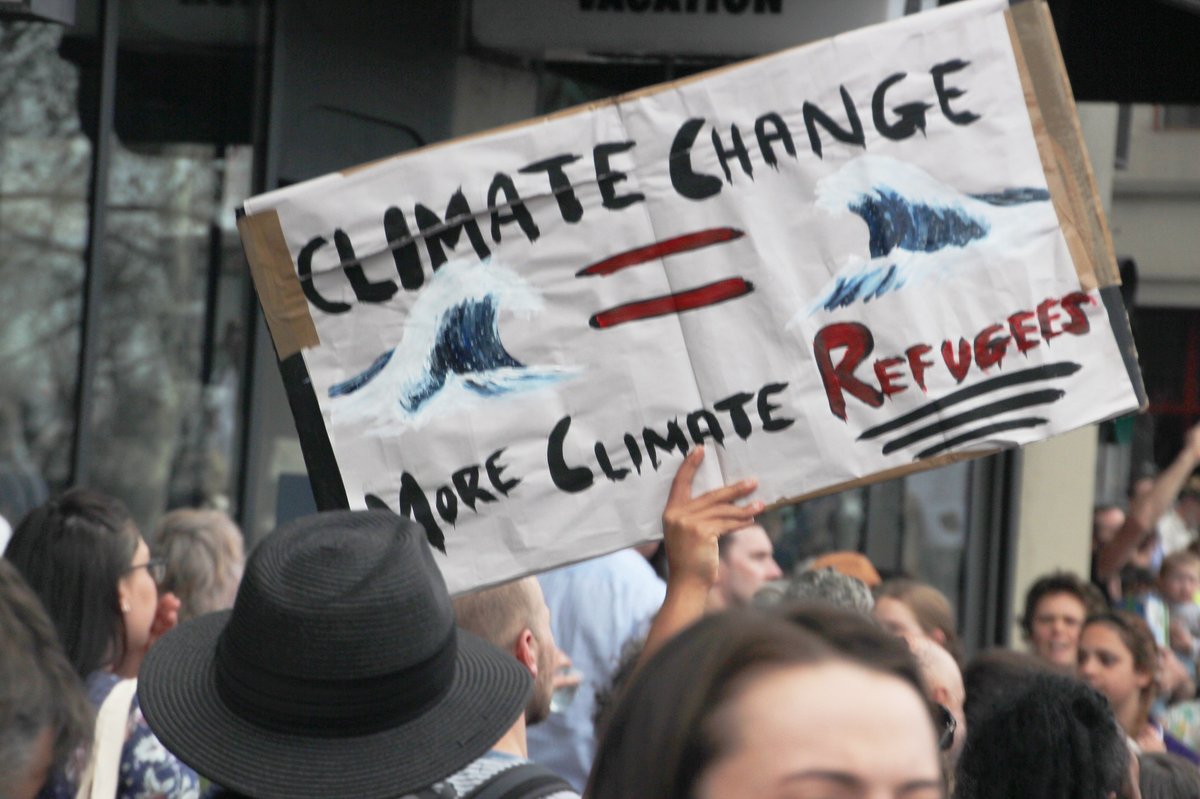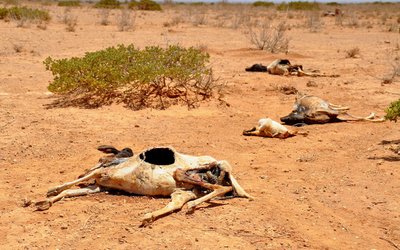Security and crisis management
How climate change is affecting global migration patterns
April 18, 2023

Photo: John Englart (www.flickr.com)
Will climate change increase migration flows? Not necessarily. This depends on whether people have the financial means to migrate, and many people will be too poor to move. In a recent analysis of climate change effects on global migration patterns, the authors explained their view on these migration patterns by studying data over the last 30 years, from 1990 to 2020.
Emigration rates vary with income level
The wealth of a nation determines both the options and the willingness of its people to move to another part of the world. Citizens in wealthy nations can easily emigrate to another country but they will not do so because there is no reason to move. Citizens in poor countries have plenty of reasons to move but they lack the financial resources to do so. Emigration rates are highest in countries where people are rich enough to afford moving to another country and poor enough to feel the incentive to do so. Emigration rates tend to be highest in middle-income countries, and lower in both low-income and high-income countries.
Economic inequalities are increasing
Global warming may have reduced economic growth in most countries of the world over the last 30 years, and this reduction tends to be highest in the poorest countries. Climate change, therefore, may already have increased economic inequality between countries, on a global level. In their analysis, the authors of this study looked at the gross domestic product per capita at the country-level in 1990-2020 – being an indication of a country’s average income level – and made an estimate of what this GDP per capita would have been in the absence of climate change. Then they projected these climate change impacts on the curve visualizing the relationship between emigration rate and income level to estimate changes in emigration rate for various income levels.
Trapped population
According to the authors, climate change is already a significant factor influencing migration patterns, be it less influential than other drivers of migration, such as economic inequalities, education, and demographic, social or cultural factors. They conclude that ‘recent climate change has acted to increase mobility in the richer parts of the world and decrease mobility in the poorest parts of the world’. In the richer parts of the world more people feel the incentive to migrate in response to climate change and can do so. In the poorest parts of the world, as a result of the adverse economic impacts of climate change, less people will have enough money to migrate. Those that lack the financial means to migrate are the ‘trapped population’.
Small impact
The estimated impact of climate change on global migration patterns in the last 30 years is very small, though. Globally there were about 70 million migration movements per 5-year period, on average, according to the authors’ estimate. According to their analysis, climate change may have increased migration flows in the wealthier world regions by about 0.4%–0.5%. In the poorest world regions, on the other hand, migration flows may have decreased by roughly 0.5%–0.7%.
Source: Rikani et al., 2023. Environmental Research Letters 18.








